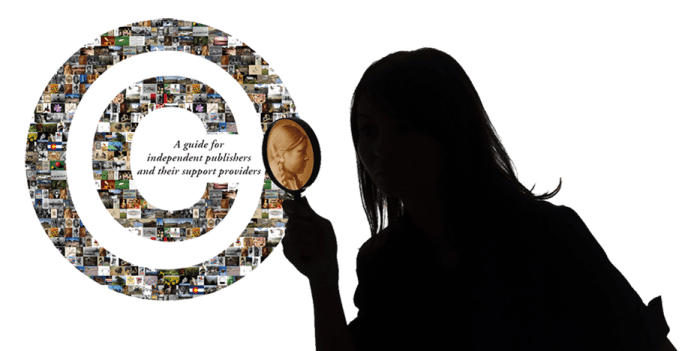
Copyright Clearance
Let me introduce you today to the idea of copyright clearance and a professional colleague, Joyce L. Miller.

Joyce L. Miller
Joyce, of Integrated Writer Services, LLC, is in the business of helping authors, publishers and other content creators stay out of hot water by applying methods for copyright clearance. She is the one making sure they have the proper permissions in place to use materials copyrighted by others before publishing new works. With so many of us artists, designers, illustrators and scrapbookers crossing over into the lines of publishing, I thought this would be helpful information for you to know. There are limitations to reproduce works by others, even in a creative format, so you need to be familiar with the laws and procedures.
I hope you find this little Q & A helpful. If you have more questions, feel free to post them in the comments and we will see if we can get Joyce back to answer them.
1. What is copyright clearance and why is it important to the creative process?
A copyright clearance is a grant of permission to reproduce, disseminate, and/or make a derivative of a copyrighted property. The rights to perform any of these activities are included in the bundle of rights that come attached to a creation’s copyright from the moment they are created. A claim of infringement can be brought against individuals who are working on their own, an employee, or an employer. An author, a publisher, or an illustrator working on a contractual basis all could be held liable for copyright infringement.
Many of us are working to create content-rich blogs, newsletters, and books and many of us build on the works of others in our artistic endeavors. It’s important to know what, how, and when we can legally borrow from others. Also we want to protect our own creations and control how they are used. These are good reasons to become informed about the copyright clearance process.
2. Can you give us some helpful tips for using the copyrighted works of others?
Well, one common misconception is that the fair use doctrine allows for the use of a certain, specific amount of another’s copyrighted work. There is no set amount or percentage of a copyrighted work given in U.S. copyright law as allowable for copying without permission. If you wish to claim fair use, I would advise doing some research on what it entails at the U.S. Copyright Office website.
Another common mistake, made even among those creatives savvy enough to ask for permission, is a failure to recognize that many items have multiple copyrights attached to them. For example, a book may have multiple authors. A scene in a film may include images of copyrighted artwork or songs. It may be necessary to clear all these copyrights separately.
And attribution does not excuse a use of a copyrighted item. It addresses the issue of plagiarism, which has to do with giving credit where credit is due. However, attribution is not a defense for copyright infringement.
3. What about protecting our own work? What do we need to know about the clearance process that will help us ensure it is not being misused or devalued by the actions of others?
I have several suggestions. The first is to publicly establish ownership. The cost to register a work with the U.S. Copyright Office is minimal. Online registration has made the process almost painless. Make it clear to all that you claim ownership and expect others to respect it by placing a copyright notice on your works and on your websites. And just as importantly, give directions clarifying if and in what situations you allow copying.
Also, place in plain sight directions on how to reach you and how to request permission. It’s best to have in writing an agreement as to how a work may be used and it’s wise to include a requirement that you receive the finished work in order to determine if the requestor has used your work in the manner you both agreed upon. If you are working on a project with another creator, agree in writing on ownership, royalties due each party, and assignment of responsibilities for registering the work and clearing the copyrights when needed.

Copyright Clearance for Creatives by Joyce L. Miller & Dr. C. Daniel Miller
Joyce L. Miller is “The Copyright Detective” and the co-founder and co-owner of Integrated Writer Services, LLC, a publishing consulting service. She is a consultant to independent publishers and their support teams, an author, and an educator with over twenty years experience in publishing, copyright, and copyright compliance.
She is co-author of Copyright Clearance for Creatives, an essential guide to copyright issues that was published in 2013. She has served as intellectual property manager, first for NASA’s Classroom of the Future, and later for the Center for Educational Technologies, NASA’s principal research and development center for educational technologies. She has served as associate editor for an academic/trade technology journal, The Technology Transfer Journal. Joyce has created and been instrumental in the oversight of policies encompassing best practices, processes and procedures for copyright compliance issues at the university level as well as at government research and development centers.
Find out more about her book and services at TheCopyrightDetective.com
